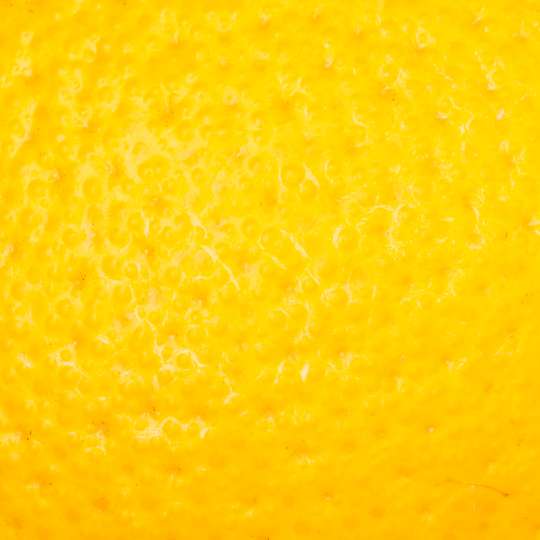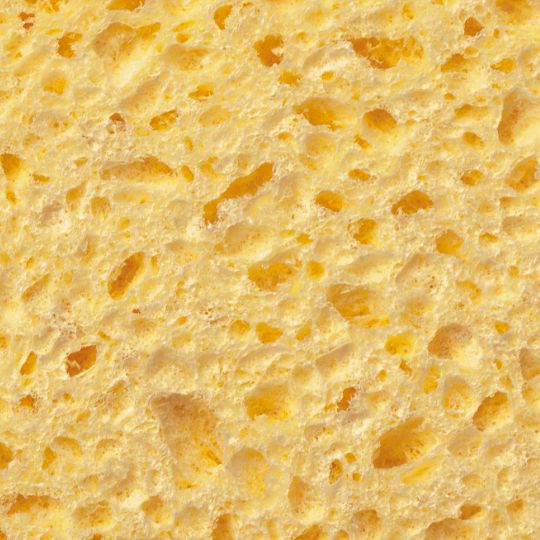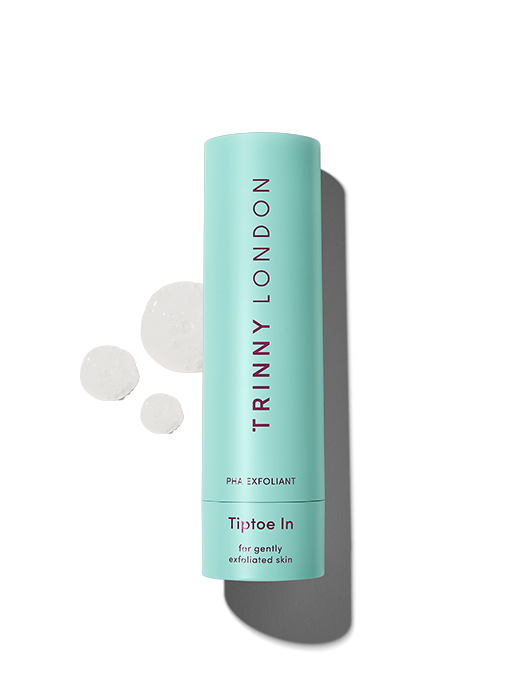

4 easy ways to banish blackheads
Agonising over a T-zone peppered with stubborn blackheads? You’re not alone. In the UK alone, more than 18,000 people each month are turning to Google to ask how to get rid of blackheads.
What are blackheads?
Before we dive into the nitty gritty of how to get rid of blackheads, let’s first get to grips with what they are and why they form.
Our faces are covered in teeny tiny hairs, and the follicles these strands grow from have an oil-producing sebaceous gland beneath them. Blackheads form when a hair follicle (or pore) becomes clogged with dead skin cells and sebum. Both the dead skin cells and sebum come from inside our skin, debunking the myth that blackheads are caused by external dirt trapped beneath the surface.
We know what you’re thinking – oil is clear or yellow-toned, so why are blackheads black? If you want to get really technical, blackheads are a type of spot that dermatologists refer to as open comedones. This means that although there’s a blockage in the follicle, it’s still open, meaning oxygen can get in.
Oxygen reacts with the oil and dead skin cells in the pore, changing their colour. Think of it like an apple cut open and left on the side. Exposure to air turns the inside brown.
Blackheads differ from whiteheads in that the opening of whiteheads are completely closed (also known as closed comedones). This is why they retain their paler colour.
Blackheads can appear anywhere on the face (and body) but tend to be more concentrated around the forehead, nose and chin, as this is where we have the highest number of sebaceous glands.
Blackheads vs sebaceous filaments
Blackheads can easily be confused with a different skin complaint: sebaceous filaments. This is as to the untrained eye, both look remarkably similar. The main difference is that sebaceous filaments aren’t a blockage, rather a build-up of oil which can make our pores appear larger. From further away, they might look like blackheads, but on closer inspection in a magnifying mirror, you’ll see they’re not quite as dark in colour.
Not sure if the smattering of darker spots across your nose are blackheads or sebaceous filaments? Firstly, run your finger across the top of them. Blackheads are raised, whereas sebaceous filaments are flat. If they are in large quantities and covering the whole surface area of your nose, they will be sebaceous filaments. Blackheads tend to appear in smaller quantities.
Sebaceous filaments can’t be squeezed, and trying will only result in potential damage to the skin. In some cases, enthusiastic squeezing can make pores appear even larger – the exact opposite of the intended outcome. Instead use ingredients like salicylic acid and niacinamide to clear the pores and regulate oil production.
How to get rid of blackheads
1. Exfoliate regularly
Dead skin cells outstaying their welcome is one of the key causes of blackheads. Regular exfoliation will break down the glue that binds them to our skin’s surface, sending them packing. Beta-hydroxy acid (BHA) is our top pick for experienced users of liquid exfoliants as it’s oil-soluble, allowing it to travel into the pore and give it a good clean out. If you’re newer to liquid exfoliants, start with poly-hydroxy acids (PHAs). The molecule size is larger and they’re water soluble, meaning they work more on the surface levels of the skin.
2. Increase cell turnover
As we age, the rate at which our cell’s turnover slows. Retinoids do a brilliant job of speeding this process back up, helping skin to behave more like younger skin. Not only good news if you’re tackling fine lines and wrinkles, but also if you’re trying to keep pore-clogging dead skin cells to a minimum. Retinal, one of the most potent members of the retinoid family, also has antibacterial properties – handy if you’re tackling whiteheads too.
3. Regulate oil production
How much oil your skin produces is down to a number of factors. First up, there’s genetics, but things like stress and hormones also have a part to play. If your skin is making too much oil, you’re more likely to develop blackheads. Making sure you’re using a lightweight, easy-to-absorb moisturiser instead of something heavier will help prevent adding additional oil into the mix, while ingredients like niacinamide can also help to normalise its production.
4. Book a facial
Knowing when to outsource to an expert is one of the best things you can do for your skin. Instead of attempting an at-home blackhead extraction, enlist the help of a professional. They will be able to carefully remove the blockage without damaging the skin.
Is squeezing blackheads a bad idea?
Step away from the sink and put down that mirror. Squeezing your blackheads at home is never a good idea. Think of your skin as a piece of silk and treat it accordingly. You wouldn’t tear, scratch and pull at a delicate, dry-clean only dress, so why would you do so with your skin?
Over-manipulating the skin can lead to spot scarring (especially if you draw blood) as well as burst blood vessels and broken capillaries. Treat instead with skincare heroes like retinal, salicylic acid and niacinamide.

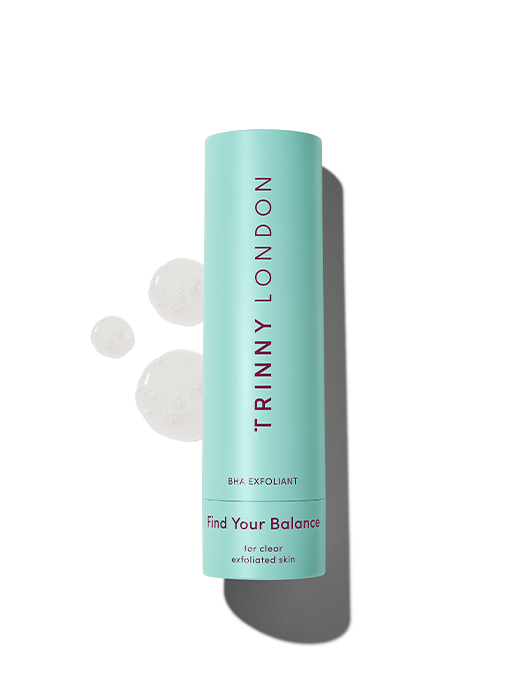
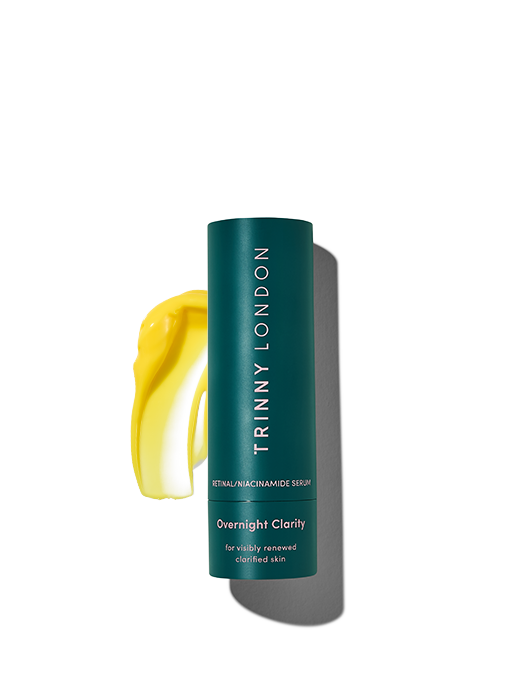
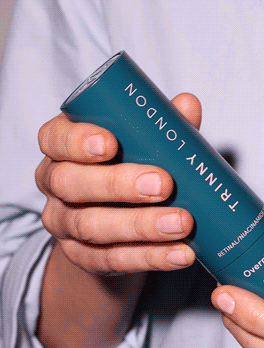
Overnight Clarity
Retinal/niacinamide serum for visibly smooth, youthful skin, suitable for all skin types
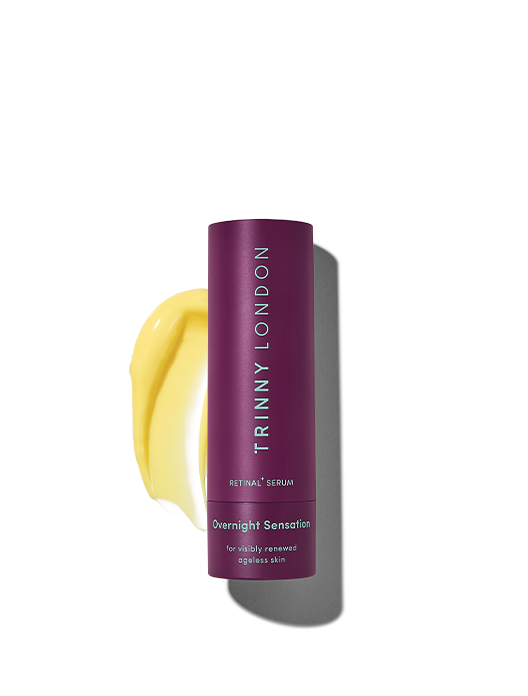
Overnight Sensation
High-dose retinal serum for renewed, ageless skin, suitable for all skin types
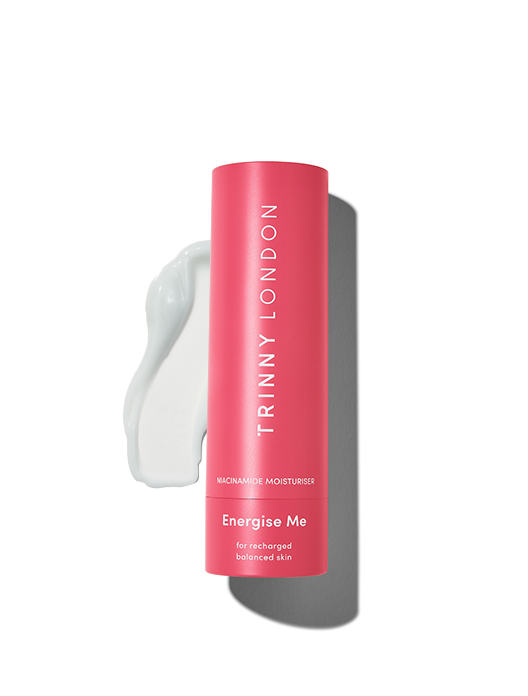
Energise Me
Niacinamide moisturizer mini for clear, energized skin, suitable for normal to oily skin


